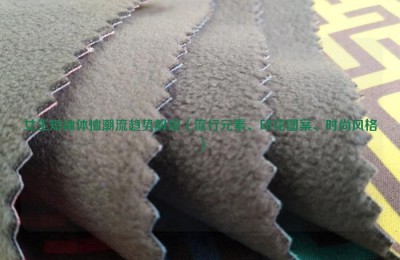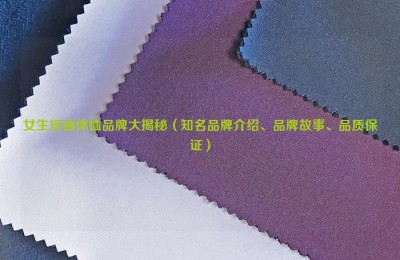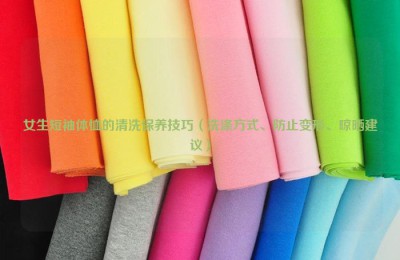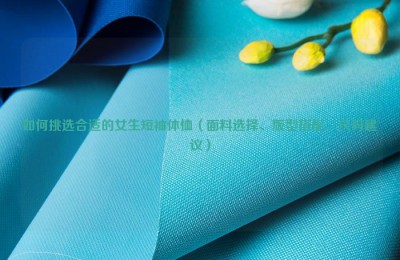The Yanghua River in early spring is sparkling and crystal clear. In Jingshi Village, Zhongtian Town, Lezhi County, Ziyang City, a factory covering an area of more than 200 acres stands quietly a few hundred meters away from the river. meters away. The low and old factory buildings, the uneven bluestone slabs, the slogans on the courtyard walls, the tall and abandoned chimneys… It is these most inconspicuous elements, but they carry the memories of several generations of happy people and bear witness to it. The arduous journey of Lezhi sericulture industry from active exploration to development and growth over more than 60 years.
A silk factory carries the memories of several generations
“There are communes all over my hometown, and there are mulberry gardens everywhere. There are 20,000 silkworm mothers, and there are eight seasons of silkworms a year.” In November 1959, after Marshal Chen Yi returned to Beijing for an inspection in his hometown, he happily wrote a poem praising the prosperity of Lezhi’s sericulture. “Mr. Chen is very concerned about the development of the sericulture industry in his hometown and asked in detail about the development of the sericulture industry in his hometown and the plan to build a factory.” Wu Zhenguo, the former first director of the Hongqi Silk Factory, still remembers the scene of taking a photo with Mr. Chen.
Under the care of Marshal Chen Yi, the Lezhi Hongqi Silk Factory was built in Jingshi Village, Zhongtian Town, and successfully imported the world’s most advanced 5 The 2000-thread TC-type Tama automatic silk reeling machine has become the most advanced automated silk reeling enterprise in the country, and the Hongqi Silk Factory has also become the first modern industrial enterprise in Lezhi.
With its large scale, first-class equipment, leading technology and complete supporting facilities, countless people are happy to go there. “The factory area is equipped with canteens, hospitals, schools, libraries, supermarkets, dance halls, auditoriums… All kinds of facilities are available, and each employee is equipped with a single dormitory. The entire Jingshi Village is like a silk city.” Qin Bo, who has been working here for more than 30 years, said with a smile, “Being able to work in the silk factory at that time was a great honor for the whole family.”
Because most of the silk factory is engaged in manual work such as cocoon selection, cocoon cooking, silk reeling, reshaping, inspection, sorting, product packaging, etc., most of the more than 2,000 employees inside are young female workers. “The movements are quick, the treatment is good, and the person is pretty,” Qin Bo said happily. “It was a blessing for a young man to marry a ‘silk girl’ at that time.”
Silk factories, silk cities, and “silk girls” are the memories of countless people’s times. However, with the passage of time and the advent of economic globalization, reeling machines have changed for several generations, from the original “TC type”, to “Feiyu 2000” and “Feiyu 2008”, to “Select” and “Pioneer” has never been able to change the embarrassing situation of single product and lack of competitiveness.
In the new era, the company’s employees have dropped sharply to more than 100, and the total silk production has also declined year by year. “Now that young people have gone out to work, the geographical advantages of the past have become disadvantages. As an independent industrial and mining area, most of the people who remain are older people.” Qin Bo, the factory director, said helplessly.
Yesterday’s glory has become a historical memory in Le Zhiren’s mind. Is it a change from the cocoon, or is it a step-by-step process? Waiting for successors to make historic choices.
A piece of silk sees the hope of revival
If you don’t advance, you will retreat. If you don’t advance, you will be destined to be eliminated by the times. How to break out of the cocoon and rebuild the company’s past glory is a must-answer question before Lezhiren.
At the beginning of 2020, at the company’s staff meeting, Lei Yucheng, chairman of HongqiSilk Company, announced: “The company thrives on silk and has been making silk for decades. What we want to do is to make high-end raw silk and be the best in the country. This is the first step in the transformation and development of the enterprise.”
Why is Lei Yucheng so confident? Because in his opinion, Lezhi’s sericulture has a history of thousands of years, with more than 100,000 acres of high-quality mulberry gardens, thousands of skilled sericulture farmers, strong government support, and people’s willingness to raise sericulture, thus achieving great success. Lezhi silkworm cocoons are large in size and white in color, making them a high-quality raw material for producing raw silk.
Just do it. Since 2020, a series of projects such as high-quality cocoons, high-quality demonstration villages, and contracted households have been fully launched in “Sanglezhi”. The company has successively introduced the most advanced automatic reeling machines, return silk machines, cocoon cooking machines, and intelligent cocoon selection in China. machine and cocoon drying machine, and jointly established the Cocoon and Silk Floss Engineering Technology Research Center with the Sichuan Silk Science Research Institute to vigorously promote cocoon raw materials, technological transformation and quality improvement, technological innovation, etc. High-end raw silk manufacturing.
Hard work pays off. After two years of development, Hongqi’s raw silk has “high-quality cohesion” and has reached the “6A level” top-level raw silk standard. 20/22D and 40/44D Baichang silk have successively won the title of ministry-quality and provincial-quality products. “Hongqi high-end raw silk manufacturing” has been It has become a banner for the same industry in the province. Its products are favored by mid-to-high-end silk factories at home and abroad, and the supply exceeds demand.
In December 2021, “Lezhi Silkworm Cocoon” and “Lezhi Raw Silk” won the National Geographical Indication, and Lezhi’s sericulture industry achieved a qualitative leap.
A park opens a new chapter in industrial tourism
This year’s Lunar New Year has just ended, and the Hongqi Company Park is bustling again. People who have returned to their hometowns to celebrate the festival are busy buying silk quilts, mulberry leaf tea and other local specialties in Lezhi, preparing to bring New Year gifts to relatives and friends far away. Yang Yongqiong, who has been working outside for many years, is one of them. “The sericulture industry in my hometown is developing better and better. I bought two silk quilts and prepared them.Take it back to Guangdong and give it to relatives and friends. “In Yang Yongqiong’s view, buying is not just a product, but also a feeling.
How to retain the original appearance of the buildings and a series of production and living facilities and equipment from the establishment of the factory in the late 1950s to the present, so that tourists can understand these historical marks, and the development of industrial heritage tourism has become the second step in the transformation and development of enterprises.
In August 2020, the “Sangdu Memory-1958” Cultural and Creative Park was officially completed in the Hongqi Silk Factory Area, and was successfully selected into the “Sichuan Province Industrial Heritage” list, marking the transformation of Lezhi Industrial Enterprises from traditional industrial production to industrial heritage style and culture. The brigade combined with a gorgeous turn.
More than 40 unique buildings attract tourists every day to visit and study, tour the factory building complex, feel modern silk reeling, experience traditional history, watch cultural displays, and purchase special products…
Producing high-end raw silk, developing industrial tourism, and developing specialty sericulture products… Hongqi Silk Factory has achieved a magnificent turn and has become a banner for the successful transformation of Lezhi’s sericulture industry. In recent years, Lezhi’s sericulture industry has closely focused on the construction goal of “three districts and three cities”, solidly promoted the construction of “China’s Mulberry Capital”, and developed mulberry leaf tea, silk quilts, mulberry wine, mulberry yellow fungus, white silkworms, and chlorophyll throughout the chain. There are more than 60 kinds of comprehensive health products such as skin care, and 12 sericulture enterprises have transformed and developed. Lezhi’s sericulture industry has successfully achieved “overtaking in corners” from a development lowland to an innovation highland, and its comprehensive strength ranks among the top in the province.
AAA functional fabric network SVSGHRUTO






